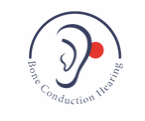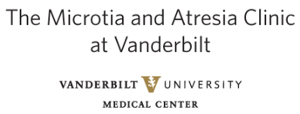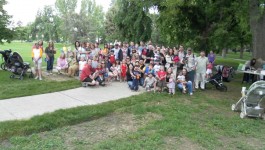Grand Rounds Presentation on all surgical techniques for Microtia ear reconstruction
I Found an excellent “Grand Rounds” presentation through the University of Texas Medical Center explaining Microtia from genetic ideas and in utero to all of the different ear reconstruction techniques. This presentation was organized by Dr.Viet Pham, Harold Pine, and Raghu Athre on January 26, 2010. I just read through it…it is very good.
This is an excellent informative read about all of the techniques that I just found online.
Directions on how to obtain this power point presentation: First, do a Google search on “nagata vs brent technique” and then look for the hyperlink “Mystery Diagnosis and Case Discussion” and select it. The power point presentation will begin loading. It is a very good read covering all options including the “Nagata” and “Brent” techniques for Rib Graft. Medpor is discussed and also other options. A great way to educate yourselves!!! 😉 Thanks. Melissa
MEDPOR® Reconstruction for Microtia
First introduced in 1991 by Dr. John Reinisch, MEDPOR ear reconstruction is a surgical technique used for microtia patients that uses a synthetic framework and the body’s own tissue to create an ear. Dr. John Reinisch and Dr. Sheryl Lewin are leaders in this ear reconstruction technique.
The animation below illustrates the MEDPOR reconstruction procedure.
Reconstruction with the MEDPOR technique usually can begin around age three. If only one ear is involved, the MEDPOR framework is customized to match the normal ear, but is created slightly larger in younger children so the ear will be adult-sized. The framework is then covered by the patient’s own tissue (called a flap) which is brought down as a thin “living membrane” from underneath the scalp. In most cases, a second surgery may be required to refine the reconstructed ear.
Cedars-Sinai’s pediatric reconstructive surgeons have further developed the MEDPOR technique to significantly decrease scarring and achieve better results, including less chance of permanent hair loss. This approach enables them to harvest the “living membrane” flap without any incisions on the scalp, hiding the scar behind the new ear. The flap is often covered with better colored skin from the head, which usually leaves no scar.
Recently introduced into their practice is a combined one-stage reconstruction for both microtia and atresia using MEDPOR. This advance offers a child with bilateral microtia/atresia to have completely functional and aesthetic reconstruction of both ears in three outpatient surgeries before the age of four.
Advantages of MEDPOR Ear Reconstruction
MEDPOR ear reconstruction for microtia patients offers distinct advantages over other techniques. These include:
- Reconstruction may start as early as age three with consistent results.
- Patients with hearing loss due to atresia (absence of an ear canal) may undergo canal reconstruction as early as three years of age
- Minimal pain associated with the reconstruction enabling most patients to go home after the procedure
- Reconstruction may be completed in one or two outpatient surgeries
- A low hairline or hemifacial microsomia does not compromise the result of the ear reconstruction
- The reconstructed ear is designed to match the normal ear in size and projection, which eliminates the need to surgically “pin back” the normal ear. At age three, a child’s ear is approximately 80 to 85 percent of an adult sized ear so the MEDPOR ear is constructed 15 to 20 percent bigger so they’ll match when the child is older
- Recent advances in the technique have significantly decreased the amount of scarring from the procedure
- Six to eight weeks after surgery, MEDPOR ears are able to withstand the rigors of most sports. Protective helmets are recommended for contact sports such as wrestling or football.
Disadvantages of MEDPOR Ear Reconstruction
The disadvantages of MEDPOR ear reconstruction technique for microtia patients are:
- The MEDPOR framework is a foreign material. The material is made of porous polyethylene which has been used in many parts of the body for decades
- Few people in the world have been trained in this surgery and an inexperienced microtia surgeon may have poor results
- Since MEDPOR ear reconstruction began in 1991, the outcome of the implant over a lifetime is not known
http://www.cedars-sinai.edu/Patients/Programs-and-Services/Microtia/MEDPOR-Reconstruction-for-Microtia.aspx









Leave a Comment
You must be logged in to post a comment.